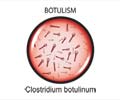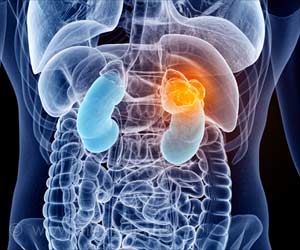New approach produces strong antidotal efficacy in treating lethal botulism in mice, guinea pigs and rhesus macaque monkeys.

‘Using non-toxic form of BoNT to deliver therapeutic antibodies to paralyzed neurons helps in accelerating recovery from paralysis.’
Read More..




"This is one of those serendipitous moments in science where two groups, working independently, demonstrate similar results for a long-standing problem," McNutt said.Read More..
"We are currently modifying this drug to enhance its therapeutic properties against botulism and exploring whether the same approach can be repurposed to treat other neuronal diseases."
In 2010, Konstantin Ichtchenko (New York University School of Medicine) conceived of a novel 'trojan horse' strategy to treat botulism. This strategy is based on using a non-toxic form of BoNT to deliver therapeutic antibodies to paralyzed neurons, blocking wild-type toxin activity and accelerating recovery from paralysis.
Over the past decade, Konstantin established collaborations with Patrick McNutt (Wake Forest Institute of Regenerative Medicine), Phil Band (Cytodel, Inc.) and Chuck Shoemaker (Tufts University) to develop and test this new drug in a variety of experimental models.
Botulinum neurotoxins (BoNTs) are a family of bacterial poisons responsible for the clinical disease known as botulism. BoNT acts within nerve terminals to destroy proteins necessary for evoking muscle contraction, causing muscle paralysis that develops into respiratory arrest at lethal concentrations.
Advertisement
Because of its extraordinary potency and long duration of action, the toxin is considered a Tier 1 agent by the CDC, which is reserved for the most dangerous public threats. These same properties render BoNT a highly effective cosmetic and therapeutic drug (e.g., BOTOX) with diverse clinical indications.
Advertisement
Source-Eurekalert









